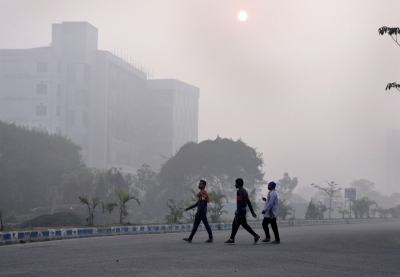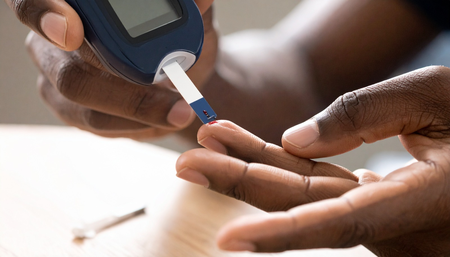
New Delhi, Jan 24 (IANS) A clinical trial at SCB Dental College and Hospital in Cuttack, Odisha, has revealed that combining Nicotine Replacement Therapy (NRT) with Behavioral Therapy is five times more effective in aiding smoking cessation than Behavioral Therapy alone.
This discovery carries immense significance for India, the world’s second-largest tobacco consumer with around 267 million adult users. The promising results provide a ray of hope in the battle against tobacco consumption and the associated non-communicable diseases (NCDs).
The trial, led by Dr. Utkal Mohanty, MDS, ePGDEPI, Dept of Public Health Dentistry, SCB Dental College, Cuttack, and former National Consultant (Oral Health), MoHFW, Govt of India, demonstrated an unprecedented five-fold increase in quit rates among participants employing a combination of Nicotine Replacement Therapy (NRT) and behavioural intervention.
Reflecting on the outcomes, Dr. Utkal Mohanty stated, “The combination of Nicotine Replacement Therapy (NRT) and behavioural therapy demonstrated remarkable effectiveness, exhibiting nearly fivefold higher quit rates compared to counselling alone. Relying solely on individual willpower has long been the burden for quitting tobacco in India, and the trial revealed the transformative impact of a holistic approach. Integrating NRT with personalized behavioural support not only increased quit rates but also offered crucial guidance and encouragement throughout the participants’ journey. We should extend this model to ensure widespread access to comprehensive quit resources. The trial’s results, highlighting NRT’s efficacy for smokeless tobacco users, represent a landmark moment that can shape future policies on NRT accessibility.”
It is essential to maintain NRT’s over-the-counter (OTC) availability to ensure easy access for individuals striving to quit smoking. This OTC option empowers individuals, promotes autonomy in their cessation journey, and contributes to a more effective and accessible approach to address the pervasive issue of tobacco use, thereby fostering public health improvements on a national scale.
Padma Shri Awardee and Global Public Health Expert Dr. Chandrakant S Pandav stresses the urgency of addressing tobacco challenges affecting 28.6 per cent of adults, particularly impacting 42 per cent of men and 14.2 per cent of women. He emphasises the imperative to keep Nicotine Replacement Therapy (NRT) accessible, especially in remote areas. Lauding the clinical trial done in Cuttack Odisha recently, Dr. Pandav deems it a game-changer against tobacco addiction, highlighting NRT’s remarkable success.
The extended follow-up period showcased NRT’s potential as a readily available tool for lasting tobacco cessation, suggesting urgent accessibility and sustained behavioural support programs could liberate millions from tobacco’s grip, contributing to a healthier future for all.
Dr. Sajeela Maini, Head of Tobacco Cessation and De-addiction at Sir Gangaram Hospital, New Delhi, emphasises the pivotal role of Nicotine Replacement Therapy (NRT) in smoking cessation.
Drawing from extensive practice, she asserts that substituting cigarettes with nicotine products is the most effective approach, significantly reducing cravings and withdrawal symptoms, recognizing tobacco addiction as a complex mind-body issue.
Key Highlights of Odisha Clinical Trial:
• The trial involved 93 tobacco users (smokers and chewers) who were randomly assigned to one of three groups: nicotine gum, nicotine patch, or counselling only.
• The investigators provided extended follow-up for up to 26 weeks, well beyond the recommended 12 weeks of NRT therapy.
• Combined NRT and behavioural therapy resulted in nearly 5-fold higher quit rates compared to counselling alone.
• Notably, the study documented the efficacy of the NRT approach in smokeless tobacco users, with almost 70% of trial participants being chewers.
• Integrating NRT with comprehensive cessation programs holds the key to reducing tobacco-related illnesses and deaths.
–IANS
dan/




